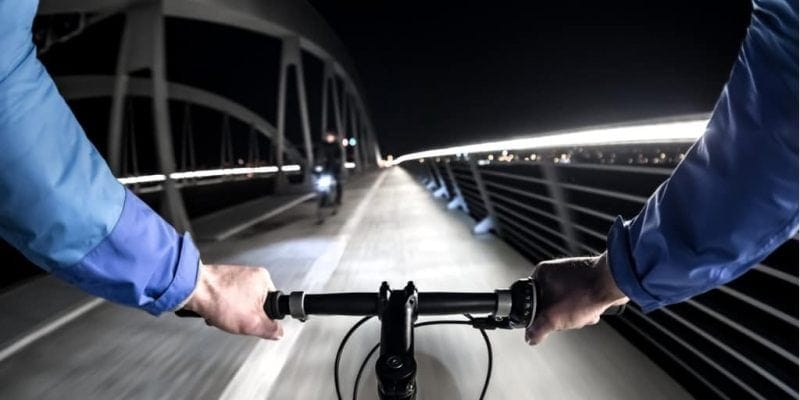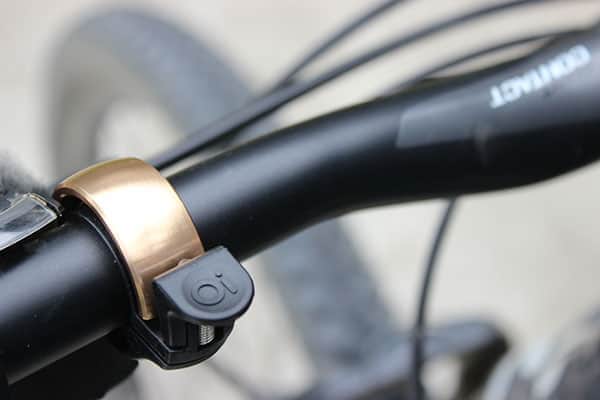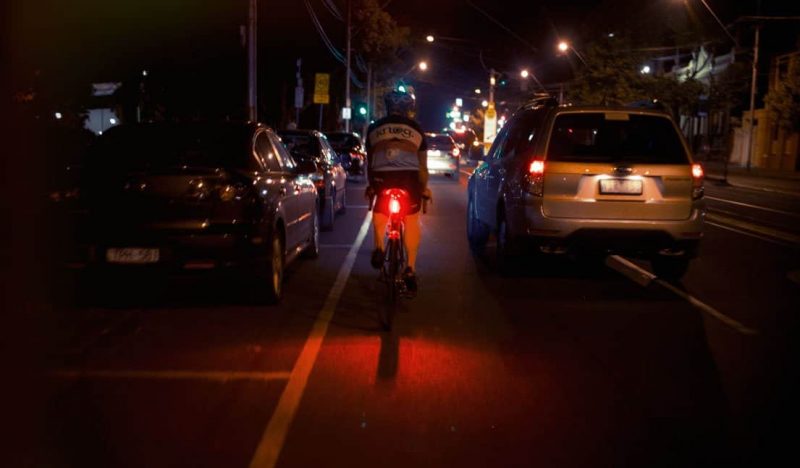5 Reasons to Use with Bike Lights, Day and Night
Do you cycle with lights during the day?
How about at night?
Do you think you should?
If you’re on the fence or think it’s okay to ride short distances at night without them, then this is the page for you.
Did you know that riding with lights during the day is one of the many cycling subjects that divides opinion?
On one side, you have those who wonder why cyclists have to work so hard to gain equal rights on the road and question why we have to wear high-vis or use lights during the day when it’s the driver’s responsibility to drive safely.
On the other hand, you have those that say anything you can do to improve your cycling safety, even if it costs money, is a worthwhile investment.
I am firmly in the former camp.
Here are 5 reasons why you should always ride your bike with lights, regardless of whether it’s day or night time.
1. Responsibly Riding

It never hurts to take the initiative while on the road, and having lights during the day is a good way to express that.
Much like newer cars have adopted daytime running lights, bikes can make too. The more visible you are, the more likely drivers are to see you.
At night, lights are a lifesaver, mostly if you ride wearing a darker kit.
It is essential that you are seen as far away as possible, so the driver has plenty of time to anticipate the overtake and hopefully pass you safely.
Then there’s how you appear to other road users. Follow the law, be safe and make efforts to help drivers see you, and they (should) treat you with more respect.
Break the law, don’t use lights, or help maintain your safety, and drivers can react accordingly.
2. To See

The title says it all, really.
If you ride at night, you need a good set of bright lights to see where you’re going. Most countries in the world require lights by law, but they make practical sense too.
It would be best if you saw upcoming hazards, road furniture, depressing drain covers, debris, pedestrians, and all the usual hazards we have to contend with on the road.
This is especially true in cities or on routes you don’t know, like the back of your hand. It would be best if you had time to anticipate hazards so you can maintain pace and ride predictably around other road users.
3. To Be Seen
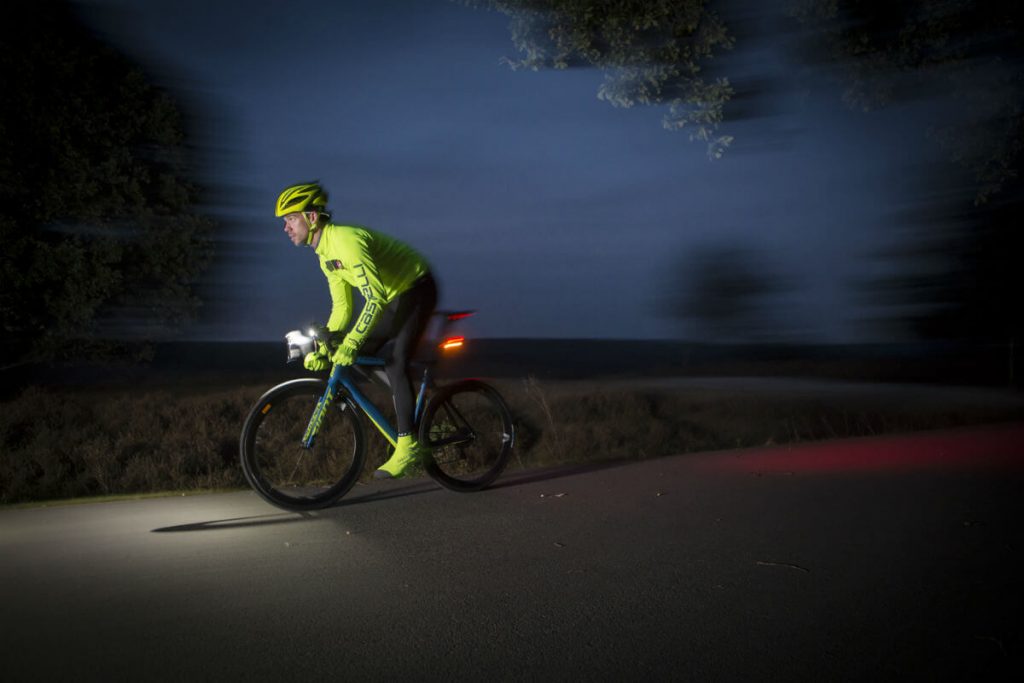
If other road users are to pass you safely, they need to know you’re there.
Either during the day or at night, being seen helps you be safe. At night, lights are the only way other road users will see you until they are close.
The further back they can see you, the safer for everyone. Even if you’re wearing reflective gear or bright kit, you need lights to be seen at any distance.
Read More : 35 Tips for Cyclists to Stay Safe on the Road
An admittedly limited study in Australia by Phillipe Lacherez found motorists had “looked but didn’t see” the cyclist before it was too late. He suggested that a solution to this was wearing reflective clothing and fitting a light that works during the daytime and at night.
Another study in Denmark showed a 47 percent decrease in accidents when lights were used throughout the day.
4. Be Prepared for Changing Conditions
If you live somewhere with changeable conditions, using or at least having lights with you during the day can make sense. In areas where it can quickly get dark, foggy, or cloudy during the day or otherwise make seeing you difficult, it makes sense to use lights.
Even on the sunniest of days, some world areas are changeable and can switch from cloudless skies one minute to deep fog or dark storm clouds the next. If we know there’s a chance for rain mid-ride, we will most likely bring a rain jacket along.
The same goes for bike lights.
Having lights with you at all times makes perfect sense. Being prepared is all part of being a cyclist, and this time it’s about safety and not just looking good or having the right kit for the conditions.
If you have lights with you, you may as well use them whether you need to or not!
5. It's Required by Law
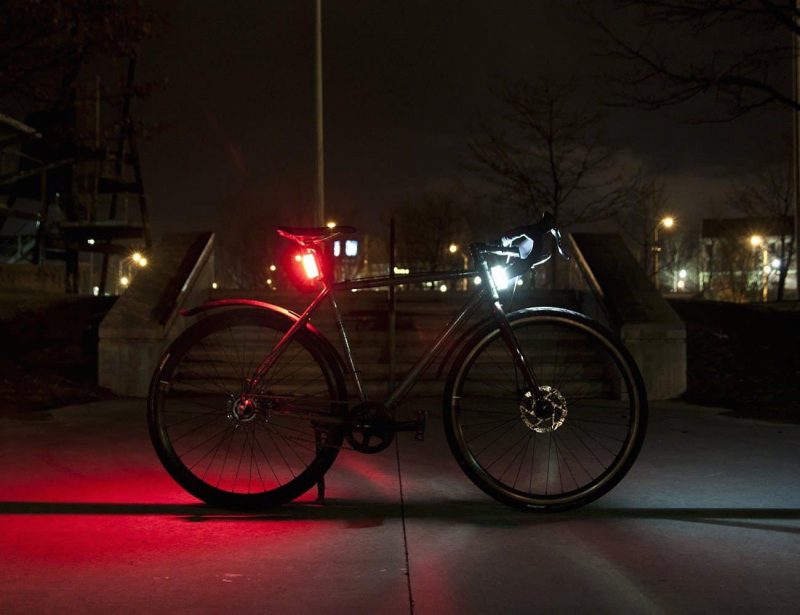
In most counties of the world, it is against the law to ride in the dark without lights. While the exact wording of the regulations may differ by region, the usual guidelines use white light at the front and a red light at the rear.
In the US and UK, a centrally located white light must be displayed on the front at all times after dark. A single red rear light is also required to be fitted to any bike being ridden after twilight. It should also be positioned centrally and be pointing to the rear.
Flashing lights are gradually being accepted into law, but it makes sense to check where you live. An additional flashing red light is beneficial at the rear of your bike as it grabs drivers’ attention.
It should ideally be used in conjunction with a steady red light as studies indicate it is difficult for drivers to measure distance with a flashing light instead of a static one.
Make sure you are aware of the specifics of bike light regulations where you live. You may find that not many police are aware of the specifics, so having good knowledge of your responsibilities and adhering to them can save you many hassles on the road.
Daytime Running Lights Explained
In recent years, the term Daytime Running Lights, DRL, has become increasingly popular in bike lights.
So what actually is Daytime Running Lights?
As the name implies, they are light meant to be used while riding during the day. DRL is not meant for you to see, but instead, for you to be seen.
DRL has been around in the automotive industry for a long time. Countries like the U.S., Canada, Scandinavia, and European Union have laws requiring vehicles to have DRL.
As for bike lights, more and more brands are jumping on board and including DRL in their bike lights lineup. While their implementation could differ slightly, they all achieve the same objective.
Some examples include:
- Exposure Lights. All their lights, both head, and tail have DRL. It’s called DayBright.
- Lezyne. A handful of models have DRL, with more to come.
- See Sense. The feature is called BEAM. It includes a smart sensor that detects your speed and light conditions and adapts the output to suit.
- Bontrager. Day Flash from Trek’s parts brand has both front and rear daytime lights that have been designed specifically for daytime use. They include adaptive focus and range and include a flashing mode.
- Niterider. Daylight Visible Flash offer both front and rear lights tuned for daytime conditions.
Author Recommended Reads

